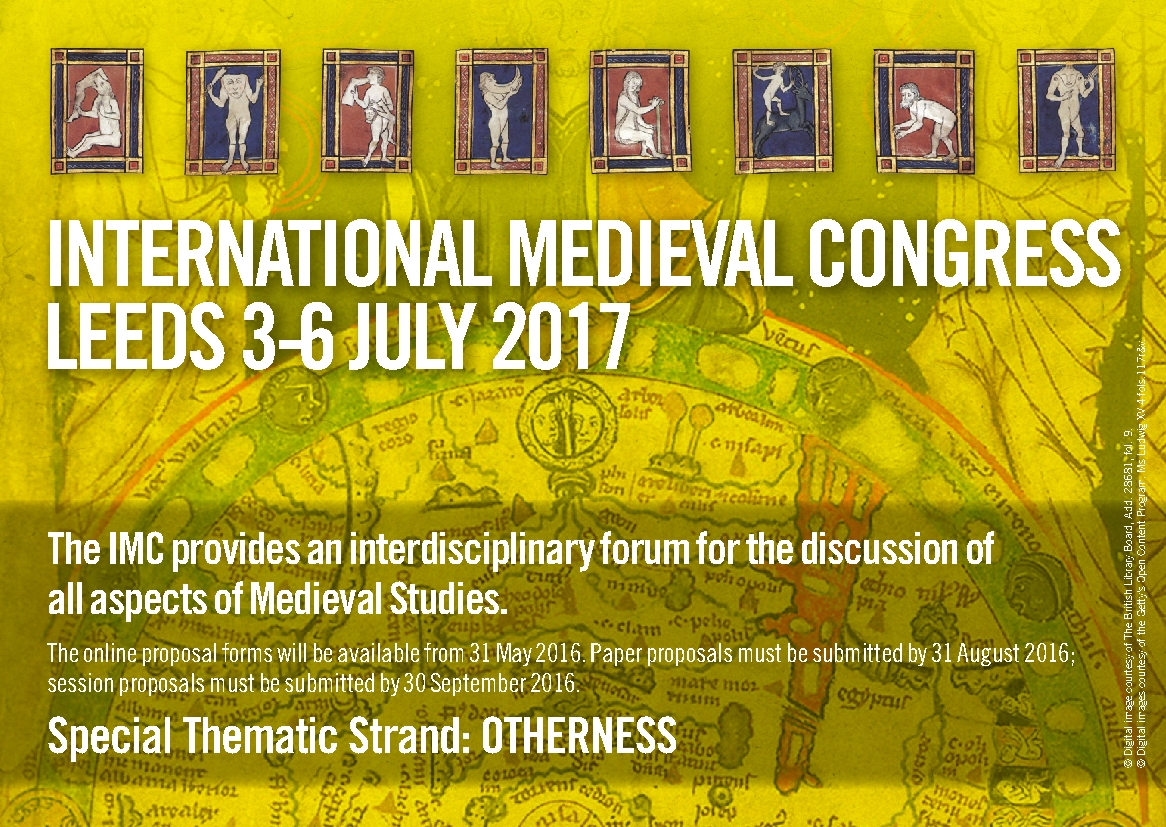Organisation de deux sessions dans le cadre du congrès international de Leeds, par Eloïse Adde et Anna Jagošová (Université du Luxembourg)
The definition of the power of ruler in Middle Ages formed by the historiography of 19th and 20th century correlates with the definition of the power of the ruler acting from a position in the highest hierarchy. From this global point of view are (still nowadays) perceived the emperors of Holy Roman Empire, Kings of France, Spain, Bohemia, or Hungary neglecting their additional titles of lower hierarchy. Personality of such (male) monarch corresponds rather to an ideal ruler referring to his solemn self-representation: e.g. intitulatio in the charters, self-portrayal, ceremonial etc. than his political practice and legal basis. This model of rulership strong contrasts with the multi-facetted ruling practice of late medieval regency. The redefinition of the power of late medieval ruler includes the various aspects of the rulership: territories, persons or social groups (e.g. officials, courtly cliques and networks) as well as shared competencies or delegated rulership. All these aspects could encourage the contemporary historiography to redefine the concept of power; ruling in the composite monarchy, the hierarchy of the accruing ruler-titles (also the claimed titles) and the control over the particular territories manifest the complexity of the power as well as challenging sustainment of balance in the political, legal and social diversity (aims of the first session).
The model of unshakeable sovereign power of the ruler, weakened on the highest level by mutual dependence on marriage policy, could be negated by the comparison with parallel reign of his consort. The consorts of the ruler enjoyed thank to legal, political and economic basis, allowing her to influence the consort in his political decision, the life on her own court or in her household on the royal court with her own personal and administration, whereby the female regents were successively gaining more possibilities and scope for their own political activities. The success of female politics depended from various factors and circumstances. The marriage and dynastic treaties as starting point could predestinate to a certain extent the success or failure of the rule of the consort, but the local tradition and legal framework as well as the individual capabilities and political circumstances played no less important role. (Aims of the second session).
The papers in both sessions and final publication of proceeding should contribute to the discussion on the power of medieval ruler in various comparative perspectives:
- Global vs. local reign
- Sovereign rule, shared or co-rule and delegated power
- Gender perspective
Session 1-2: The “other power” of the ruler
Contrary to the image produced by the medieval administration and the later historiography, the ruler was never only the King of a given country but cumulated also several additional titles and functions related either to his inherited dynastic possessions or to his political dignity. How did he deal with the superposition of this several powers from diverse origins and natures? How did he consider his own action? How was he perceived by the subjects under his authority? Which tools and personal did he have at his deposal to administrate the territories related to these titles? The distinction and delimitation of the powers and tasks were not clear at this period, so that competences related to these several titles and functions could get mixed up. Knowingly used or not, such a confusion was problematic but could also be profitable to the ruler as to the subjects according to the situation and context. The case of the Roman Holy Empire is obviously an « ideal-type » for such a study and will be the subject of the first part of the meeting. The second part will be devoted to a comparison with other European political entities to get a more precise and qualified view of the subject and to map the phenomenon in its diversity.
Session 3-4: The power of the female ruler in Late Middle Ages as a parallel or the “other” form of the power? (Definition, scope, interactions)
The definition of female rulership in the Middle Ages becomes thank to the recent discourse a current issue. The widening gap between theory based on the definition of the traditional historiography in accordance with gender-specific topoi and ruling practice, well documented by sources of administrative character, points at the partial conception of this topic, in which the female rule remains overshadowed by the male regency. The ruling practice of noble women pursuant to their hereditary demands, social status, dynastic networks and political as well as economic activities, represents the wide spectrum for (re)definition of the female power in transition from the model of consortium to the co-rulership, up to an ambitious political practice and individual regency – the goal that could be achieved in various ways in dependence on legal basis, political conditions or individual competences of (female) ruler. This session aims to contribute to the discussion about the female power, present the multi-facetted topics and re-theorize the problem of the power of monarch from gendered comparative perspective.

